
Radar | Nov 09,2024
Aug 13 , 2022
By Jayati Ghosh
Prices in many commodity derivatives markets remain highly volatile, as hedge funds and other financial firms rush out as rapidly as they piled in. The lack of prompt action to address this suggests that regulators and policymakers are still putting financial interests above the interests of everyone else, writes Jayati Ghosh, professor of economics at the University of Massachusetts Amherst and a member of the UN Secretary-General’s High-Level Advisory Board on Effective Multilateralism.
Primary commodity prices have been on a roller-coaster ride for the past year, and especially for the past six months. In the futures markets, crude oil prices rose by 39pc in the month from February 8 to March 8, 2022, from 89 dollars per barrel to 124 dollars per barrel, and then fell by 23pc in the following month to 95 dollars per barrel. The price climbed again, to 122 dollars per barrel, on June 8, but had declined to 88 dollars per barrel on August 4 – below the level of early February.
Global prices of wheat futures have exhibited similar volatility. The price of soft red winter wheat soared from 332 dollars per metric ton in January to 672 dollars per ton in April, but by June had fallen to 380 dollars – still about 50pc higher than a year ago, but well below this spring’s crazy peaks.
These dramatic price movements were not triggered by changes in real output and demand. Blaming big commodity-price spikes on supply shortages caused by Russia’s war in Ukraine does not capture the full truth. In particular, the large increases in Big Oil and agribusiness firms’ profit margins indicate that they raised prices of energy and food, respectively, well beyond any level that could be justified by their own cost increases. But frantic speculative activity, mainly by financial companies like hedge funds that dominate trading, has made matters much worse, as I have noted elsewhere.
For example, a study by Kabir Agarwal, Thin Lei Win, and Margot Gibbs found that investment funds have been hyperactive in the Paris wheat market. These funds’ share of long positions in wheat futures increased from 23pc in May 2018 to as much as 72pc in April 2022, and remained above 50pc in May 2022. Another recent study found that trading volumes at the European Union natural gas market’s primary gas-pricing hub, the Title Transfer Facility, increased steadily over the past decade from 14 times actual gas consumption in 2011 to more than 114 times in 2020.
The chaos that such speculation can cause was evident in March this year, when a dramatic spike in nickel prices forced the London Metal Exchange to suspend trading and cancel all deals. Over-the-counter (OTC) trades that occur outside the regulated exchange were held partly responsible, and the LME will now require all traders to report their OTC positions on all physically delivered metals each week.
But prices in other commodity derivatives markets remain highly volatile, as hedge funds and other financial firms rush out as rapidly as they piled in. This matters hugely because food, fuel, and basic metals are essential for production and for life itself. Commodity-price volatility affects living standards and the ability to produce goods and services, and is contributing to the stagflation and hunger now stalking most low- and middle-income countries. Some stabilisation and regulation of these prices is, therefore, essential – and not only to curb inflation.
So, why are these swings allowed to occur?
Policymakers obviously are aware of the implications of frenetic financial activity in markets for essential commodities. Something similar happened in 2007-09, when oil and food prices first rose sharply and then declined to earlier levels in the space of 18 months, causing economic devastation. After that experience and in the aftermath of the 2008 global financial crisis, both the United States (through the Dodd-Frank Act) and the EU sought to regulate commodity derivatives to some extent.
Ideally, the regulations should have prevented speculation by ensuring that all trading occurs on regulated exchanges, not on an OTC basis, and in a transparent manner with full information about the actual players and their bids. Furthermore, exchanges should allow only those with a direct operational interest in commodities to trade them. (For example, an airline company should be permitted to operate in the futures market for aviation fuel, but a hedge fund should not.) And market participants should adhere to limits on the positions that they can hold, depending on their real use, need, or production of that commodity.
US and EU regulations matter most, because these markets largely determine global commodity prices. But the earlier regulatory changes did not go far enough and have since been watered down.
Existing EU rules help to prevent market abuse on official exchanges by limiting individual traders’ positions, but they still allow OTC commodity trading, enabling excessive speculation to continue. The US prohibits OTC trading in most commodities, but financial agents can still enter the market through proxies. And position limits have been kept so high that they do not prevent large bids from influencing prices.
As a result, financial speculation in essential commodities can still play havoc with people’s lives and livelihoods. Fortunately, there are signs that regulators are taking notice. At a recent G20 meeting in Indonesia, Klaas Knot, the chair of the Financial Stability Board (a grouping of central bankers, finance ministers, and regulators from G20 countries) called for close monitoring of speculative activity.
“The centrality of key energy, metals, and food commodities to the functioning of the global economy,” Knot said, “means that any disruptions to the financing of producers or traders in these markets could have an outsized impact.”
But mere monitoring will not be enough. The regulatory measures needed to restrict commodity-market speculation are obvious, so the lack of prompt action is striking. It suggests that regulators and policymakers are still putting financial interests above everything else, regardless of the cost to everyone else.
PUBLISHED ON
Aug 13,2022 [ VOL
23 , NO
1163]


Radar | Nov 09,2024

Addis Fortune | Aug 09,2025

Radar | Jul 03,2022
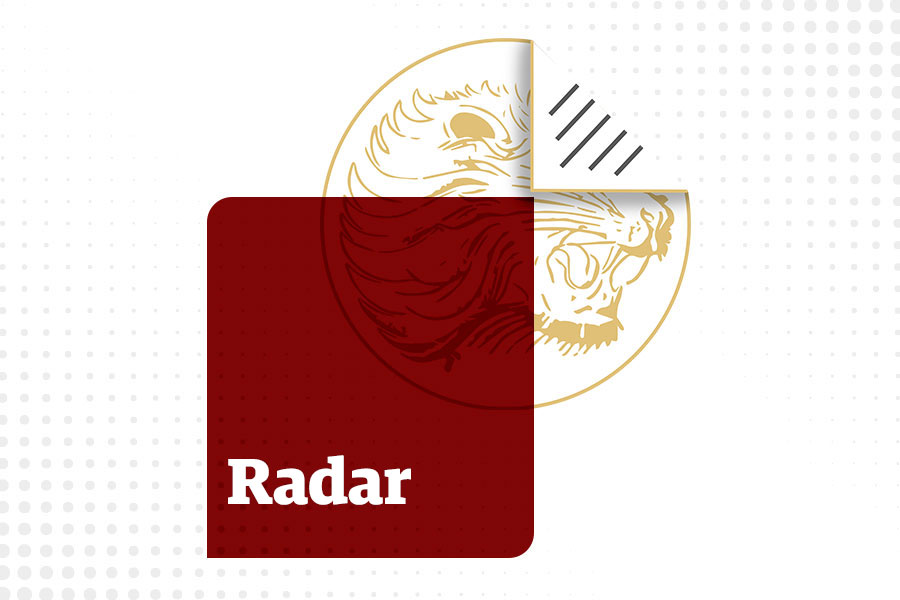
Radar | Apr 15,2023

Advertorials | Sep 18,2025

Photo Gallery | 179421 Views | May 06,2019

Photo Gallery | 169616 Views | Apr 26,2019

Photo Gallery | 160532 Views | Oct 06,2021

My Opinion | 137177 Views | Aug 14,2021
Commentaries | Oct 25,2025

Dec 22 , 2024 . By TIZITA SHEWAFERAW
Charged with transforming colossal state-owned enterprises into modern and competitiv...

Aug 18 , 2024 . By AKSAH ITALO
Although predictable Yonas Zerihun's job in the ride-hailing service is not immune to...

Jul 28 , 2024 . By TIZITA SHEWAFERAW
Unhabitual, perhaps too many, Samuel Gebreyohannes, 38, used to occasionally enjoy a couple of beers at breakfast. However, he recently swit...

Jul 13 , 2024 . By AKSAH ITALO
Investors who rely on tractors, trucks, and field vehicles for commuting, transporting commodities, and f...
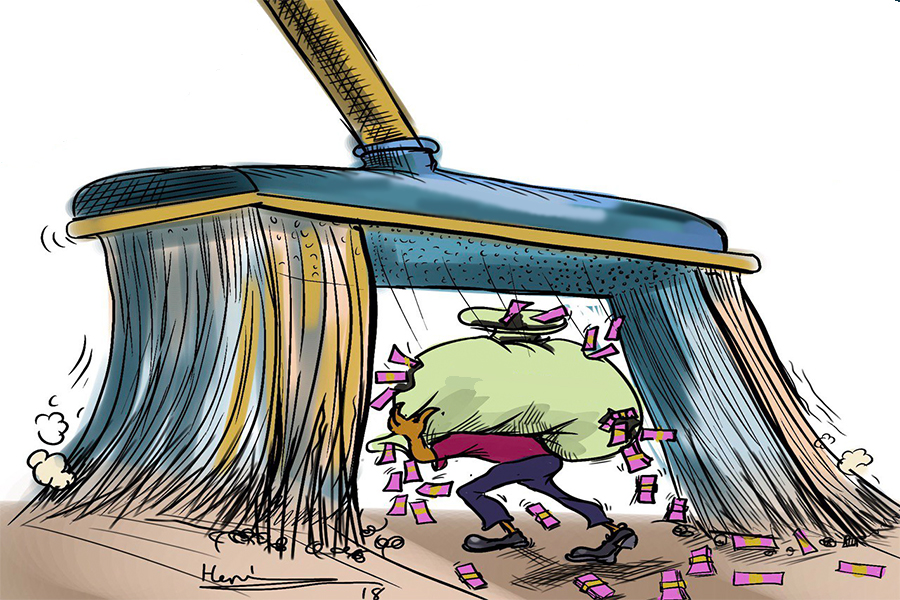
Oct 25 , 2025
The regulatory machinery is on overdrive. In only two years, no fewer than 35 new pro...
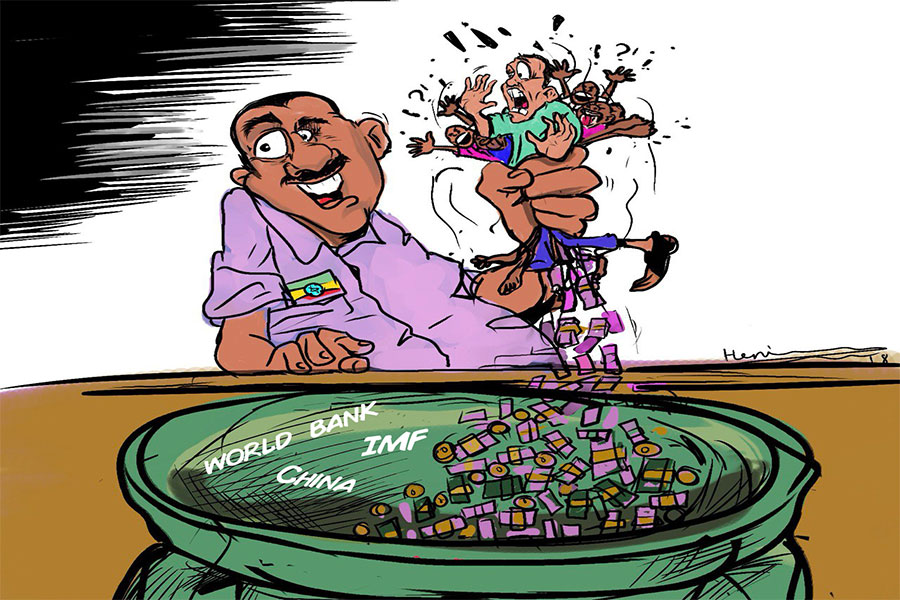
Oct 18 , 2025
The political establishment, notably the ruling party and its top brass, has become p...
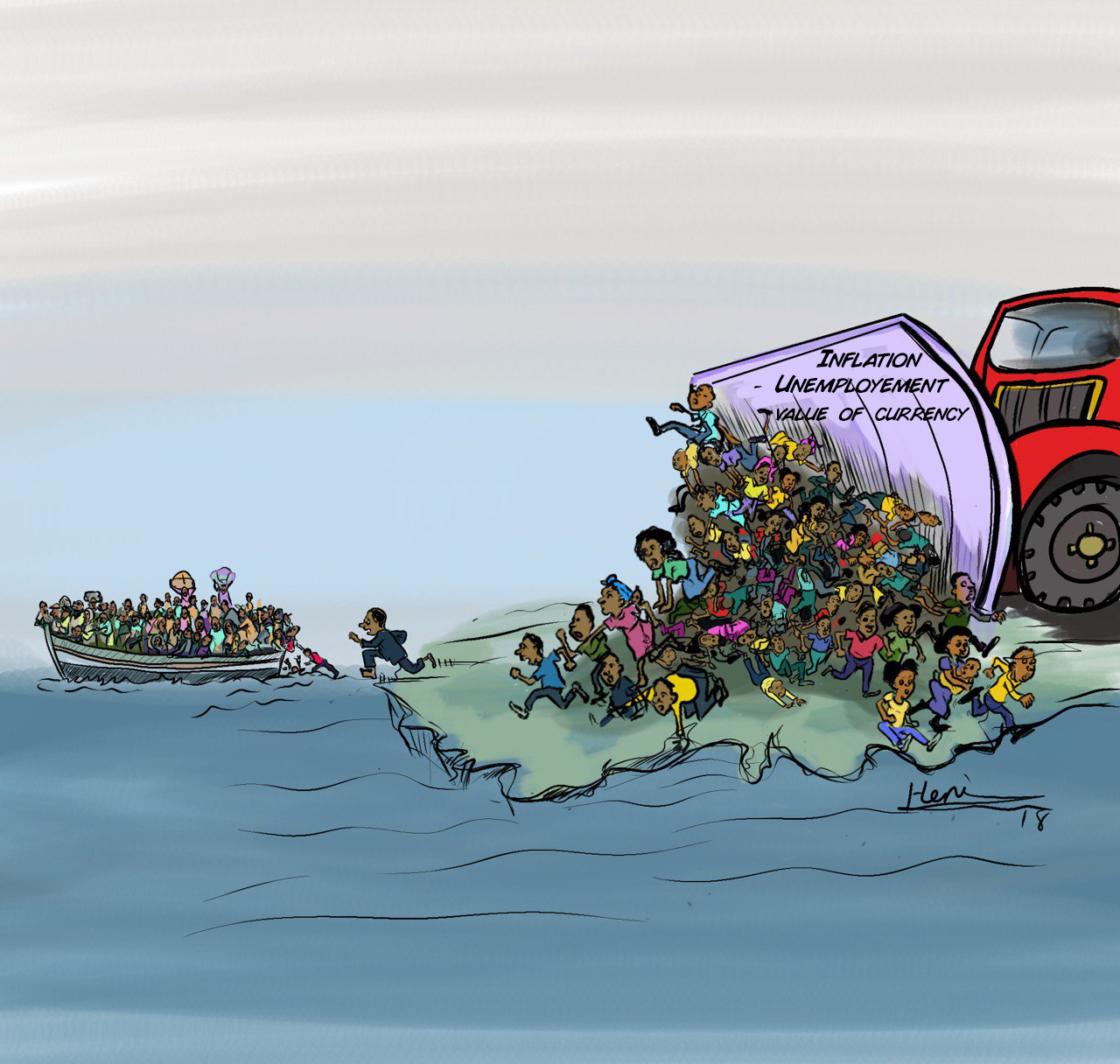
Oct 11 , 2025
Ladislas Farago, a roving Associated Press (AP) correspondent, arrived in Ethiopia in...
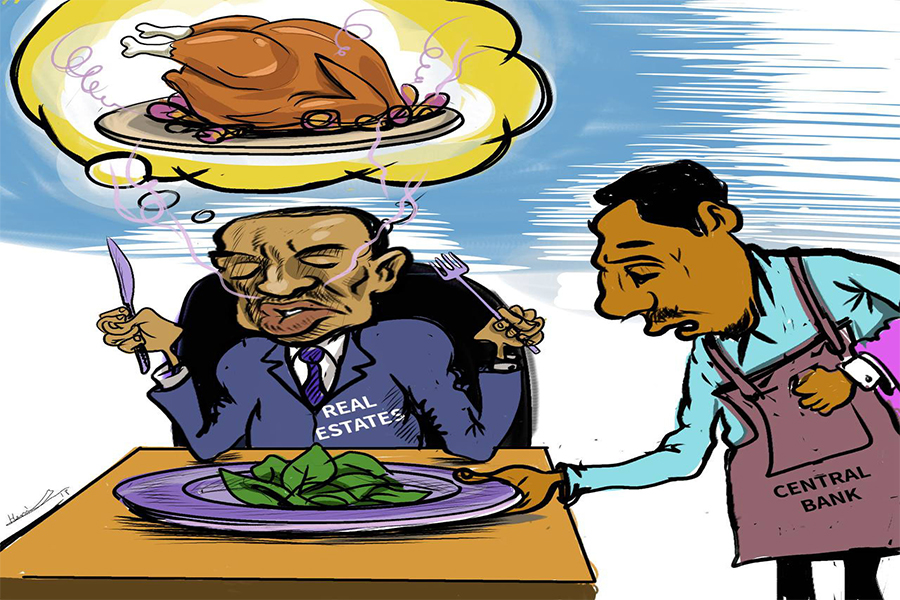
Oct 4 , 2025
Eyob Tekalegn (PhD) had been in the Governor's chair for only weeks when, on Septembe...
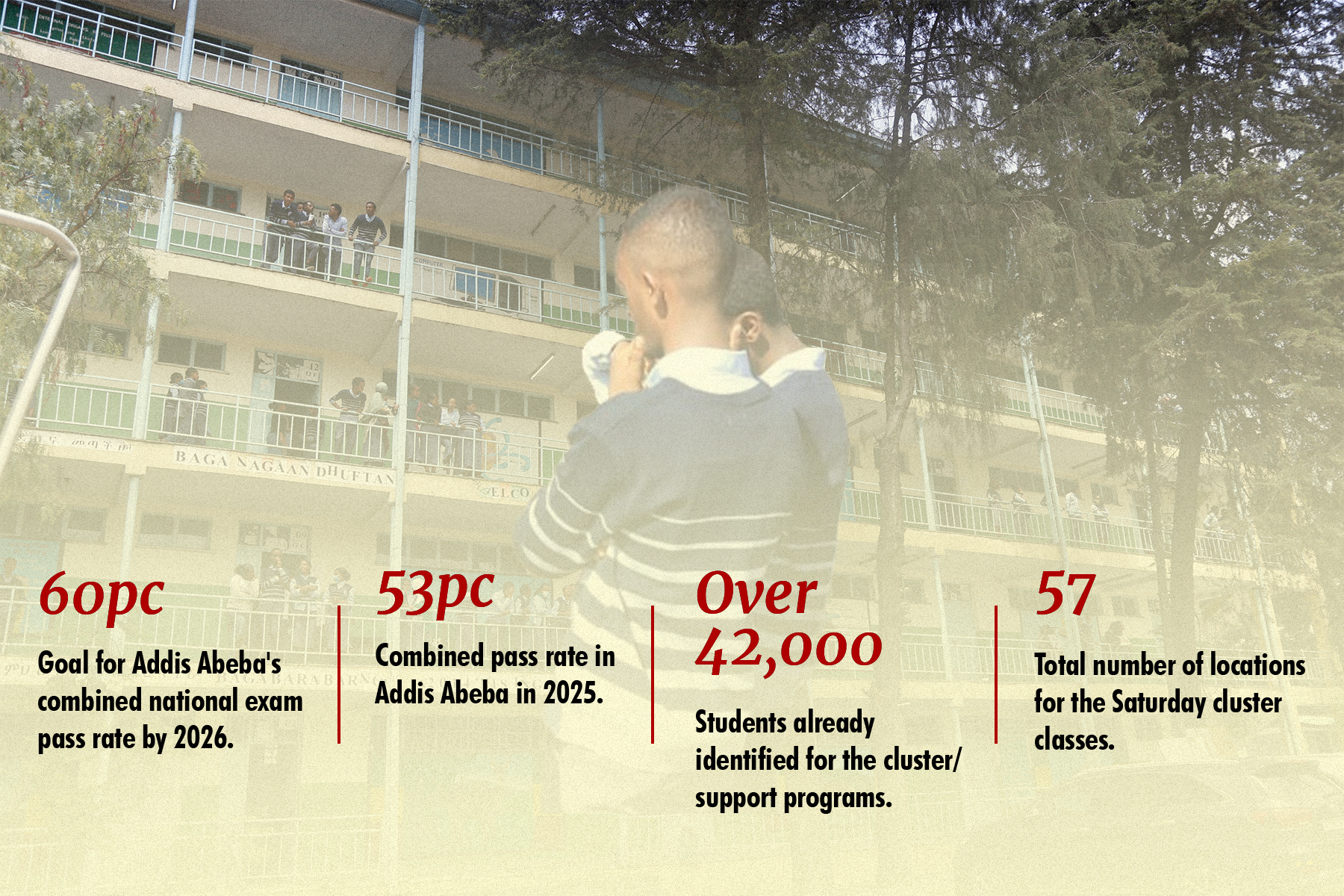
Oct 25 , 2025 . By YITBAREK GETACHEW
Officials of the Addis Abeba's Education Bureau have embarked on an ambitious experim...

Oct 26 , 2025 . By YITBAREK GETACHEW
The federal government is making a landmark shift in its investment incentive regime...

Oct 29 , 2025 . By NAHOM AYELE
The National Bank of Ethiopia (NBE) is preparing to issue a directive that will funda...
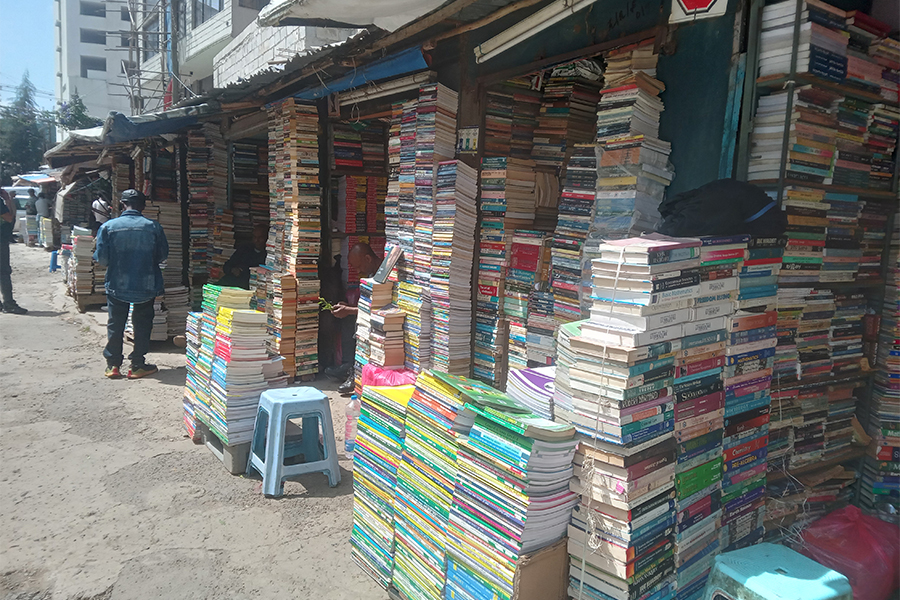
Oct 26 , 2025 . By SURAFEL MULUGETA
A community of booksellers shadowing the Ethiopian National Theatre has been jolted b...